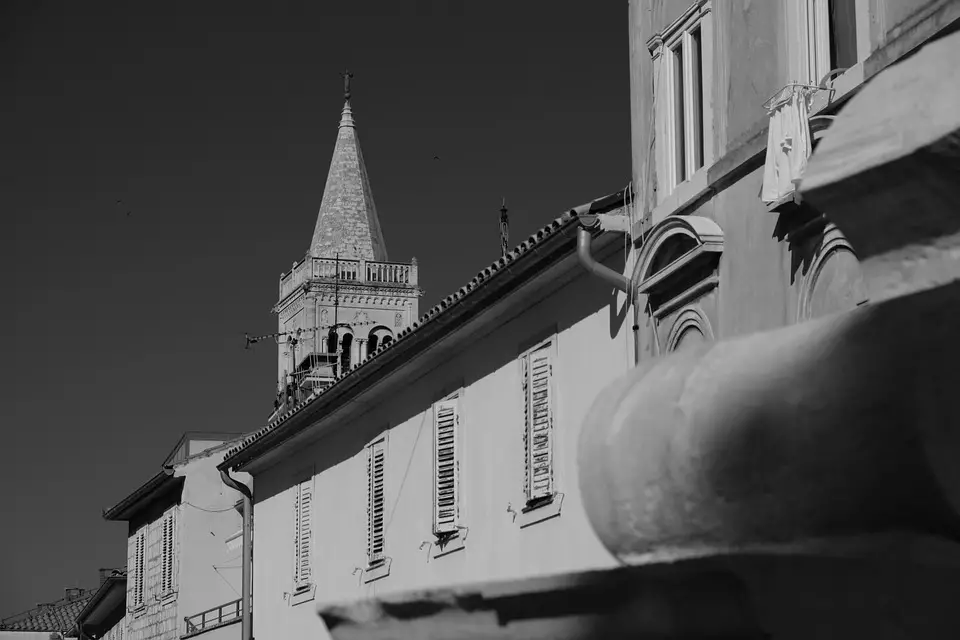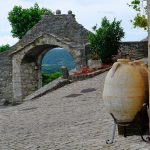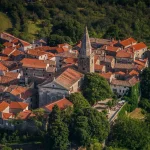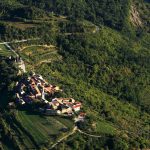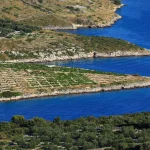For such a small country geographically speaking, there are so many dialects, subdialects and even ways of speech which border on a language of their own spoken across Croatia. There are words specific not only to certain areas, but in many cases to specific islands, and in some cases, to specific places on those same specific islands. Having looked into the main dialects which make up the standard Croatian language as we know it today, Shtokavian, Kajkavian and Chakavian, as well as old Dalmatian and Ragusan (the Dubrovnik subdialect), let’s get a little bit more obscure and delve a little into the Zaratin dialect from Zadar (or should I say Zara, given that we’re talking about the Venetians).
The Zaratin dialect came to be from mixing Venetian speech with both the Croatian and Jadertine languages and was used by Italians from Zadar for centuries. The horrors which played out across Europe during World War Two are often blamed for kickstarting the beginning of the end for the Zaratin dialect, more specifically the bombing of the City of Zadar.
This tragic event saw a huge number of Zadar locals leave this part of Dalmatia and seek refuge and better lives elsewhere. Most of those people were actually Italians from Zadar who spoke in the Zaratin dialect, and censuses taken during the end of the nineteenth century and the beginning of the twentieth show that a significant number of locals living in Zadar spoke in the Zaratin dialect (then listed as Italian for all intents and purposes) – over 60 percent to be more precise.
There were of course other dialects spoken in Zadar, most of which were heavily influenced by the Venetians and as such their language. As stated, up until the outbreak of the Second World War, the Italian influence in Zadar was strong and ethnic Italians living in Zadar were numerous, and as such their various ways of speaking. Following the bombing of Zadar and the aforementioned exodus of around 20,000 or so Italian Zadar residents, the Zaratin dialect (and others) suffered a decline in the amount of people left there who spoke it. The tragedy for this dialect didn’t stop there, as Italian property was either handed over to relatives or confiscated by the state in Yugoslavia, and the ethnic Croatian influence began to grow, replacing the traces of the ethnic Italians from Zadar.
By the time the war ended and the 1950s rolled around, a heavily damaged Zadar was reconstructed by Croats, and the standard Croatian language began to gain a stronghold. The demise of the Zaratin dialect was then in full force. In this day and age, with many local dialects and subdialects across the Republic of Croatia unfortunately dying with the very last generations to speak them, very few elderly people in Zadar still speak in the Zaratin dialect and have it as their mother tongue.
While not all of them spoke in just the Zaratin dialect, the Dalmatian Italians were once a fundamental part of the way life was woven in Zadar and across the rest of Dalmatia, and it seems that even today the true amount of Italian Dalmatians is unclear, with just a few hundred individuals declaring themselves ethnic Italians in official censuses. It has been more or less accepted that the census carried out in Croatia back in 2001 underestimated the sheer number of Italian Dalmatians there are, as many people simply chose not to express their actual ethnic identity for a variety of reasons, from disputes over property ownership rights to not having adequate representation or protection as a minority.
Today, there are numerous Dalmatian Italian Associations, and the one in Zadar is called the Italian Community of Zadar (Comunita Italiana di Zara), which boasts 500 members and was founded back in 1991. It is responsible for launching the first Italian courses after Italian schools were all shut down in 1953.
If you want to hear the Zaratin dialect, one song which was once very popular and is worth listening to is El muto zaratin (Zadarski mulac), written back at the end of the nineteenth century by Luigi Bauch.
For more on Croatian language and history, make sure to keep up with our dedicated lifestyle section.

